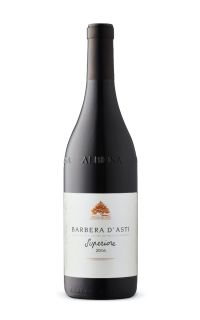The Cantina del Pino came under the possession of the Vacca family, the current owners, in the 1920s when Giuseppe Vacca bought it from Dominizo Cavazza, which was known then as Cascina Casotto. The estate branched out in 1997 from the Produttori del Barbaresco Cooperative, Cantina del Pino’s approach towards winemaking has been to appreciate the land and its processes and etch the stories of the soil in each bottle of wine.
The estate and vineyard are currently managed by Renato Vacca and his wife Franca Vacca. They drive the business with the belief that the quality of the grapes decides the quality of the wines. Their efforts to combine the Vacca family’s knowledge about winemaking with agricultural research and environmental sustainability have received praise worldwide. The family makes its wines from the classical grape varieties of Piedmont: Nebbiolo, Dolcetto and Barbera.
The estate produces some of the finest wines, including:
Barbaresco: The wine is entirely made from the Nebbiolo grapes. It contains the scents of black pepper and dark cherry with a tint of tobacco as if from a fine cigar. With elegance and full ripeness, it has a beautiful balance and structure. The wine undergoes several ageing processes spanning years, beginning with a two-year ageing process in oak and a one-year ageing process in the bottle before hitting the markets.
Barbaresco Ovello: Named after the most famous wine-growing region in Barbaresco, the wine is made from 100% Nebbiolo grapes. It has a ruby red colour with a pomegranate edge. This is complemented by the scent of prune, forest fruits with a note of mint. The elegance of the wine lies in the soft and silky tannins, which are balanced with the scent of balsamic and fresh acidity.
Barbaresco Albesani: Round, rich and enveloping can be used to describe this wine. The wine gets its structure, richness and ripeness from the high percentage of clay in the soil and the warm southern exposure. The spices complement the dark fruit in the wine, and roses and dried flowers enhance the palate. The fruit’s intensity covers the tannins, and the wine’s power becomes noticeable with time.
https://www.cantinadelpino.com
Find out more

















